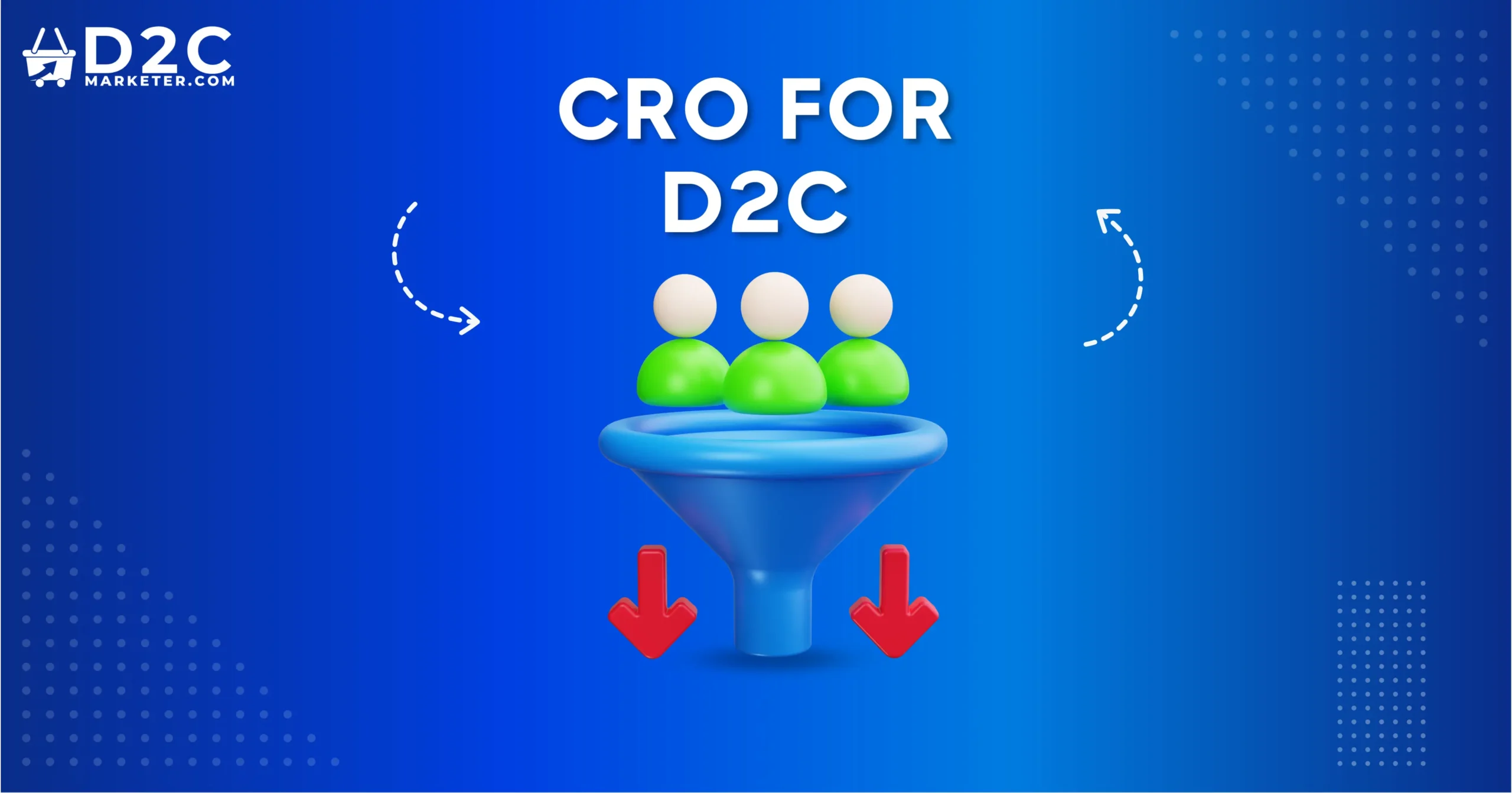Boosting D2C Conversions: A CRO Strategy Guide
In today’s bustling online marketplace, direct-to-consumer (D2C) brands face a unique challenge: capturing attention and converting interest into sales. It’s not enough to simply have a great product; you need to create an experience that turns curious visitors into loyal customers. That’s where Conversion Rate Optimization (CRO) comes in.
Think of CRO as your secret weapon for increasing D2C conversions. By fine-tuning your website and customer journey, you can make it easier and more enticing for shoppers to hit that “buy” button. Whether you’re launching a new brand or looking to refresh your strategy, effective CRO can unlock your full potential.
In this guide, we’ll walk you through practical strategies to boost your conversion rates, introduce you to helpful tools that simplify the process, and share real-life D2C case studies that illustrate the impact of these strategies.
Let’s jump in and explore how you can transform your D2C brand into a conversion powerhouse!
Table of Contents
What is CRO and Why It’s Essential for D2C Brands?
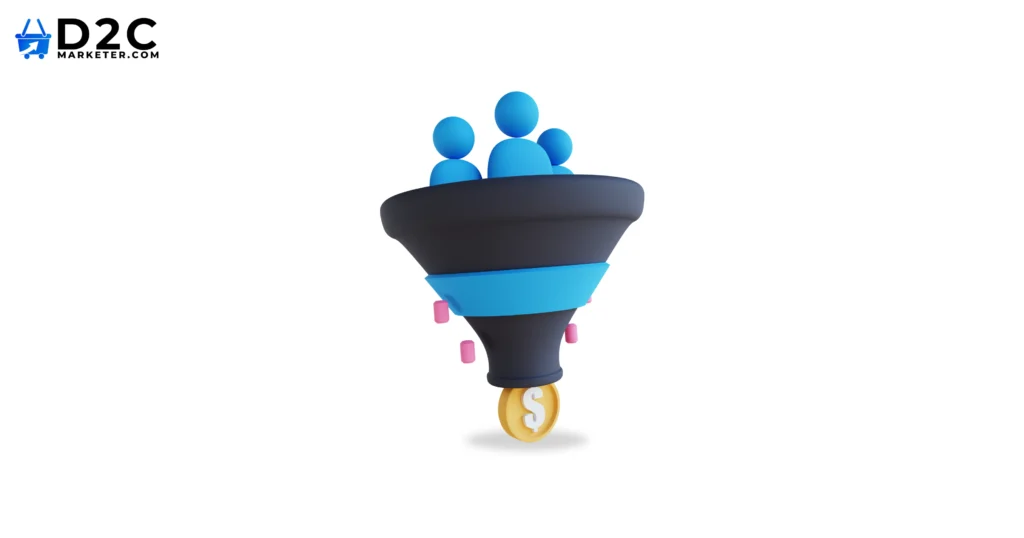
Conversion Rate Optimization (CRO) refers to the systematic process of increasing the percentage of website visitors who take a desired action, such as making a purchase, signing up for a newsletter, or engaging with a brand. For D2C brands, optimizing each step of the customer journey is crucial. This means not only focusing on the final purchase but also enhancing the entire experience from the moment a customer lands on your site.
The Role of CRO in D2C Marketing

1. Understanding User Behavior: By analyzing user behavior through tools like Google Analytics or heatmaps, D2C brands can identify drop-off points in the customer journey. This insight allows brands to implement targeted changes that can increase conversions.
2. Personalization: D2C brands can leverage CRO strategies to create personalized experiences. By using data to tailor product recommendations and marketing messages, brands can significantly boost engagement and drive conversions.
3. A/B Testing: A/B testing is a fundamental CRO tactic that involves comparing two versions of a webpage to see which performs better. This approach helps D2C brands identify the most effective elements of their site, from headlines to call-to-action buttons.
4. Optimizing Checkout Processes: Simplifying the checkout process can reduce cart abandonment rates. D2C brands should focus on creating a seamless, user-friendly checkout experience that encourages customers to complete their purchases.
5. Mobile Optimization: With an increasing number of consumers shopping via mobile devices, ensuring that your D2C website is optimized for mobile is essential. A responsive design can greatly enhance the user experience and increase conversion rates.
Why Every D2C Brand Should Invest in CRO
Investing in CRO is not just about increasing sales; it’s about creating a better relationship with your customers. By focusing on user experience and addressing pain points in the customer journey, D2C brands can build trust and loyalty. In an era where consumers have countless options, standing out requires a commitment to understanding and optimizing every interaction.
Benefits of CRO for D2C Brands
When it comes to Direct-to-Consumer (D2C) brands, the advantages of implementing effective Conversion Rate Optimization (CRO) strategies are significant. By focusing on CRO, D2C brands can enjoy a host of benefits that not only enhance their bottom line but also foster lasting relationships with customers. Here’s a closer look at how CRO can transform your D2C marketing efforts:
1. Higher Conversion Rates and Increased Revenue
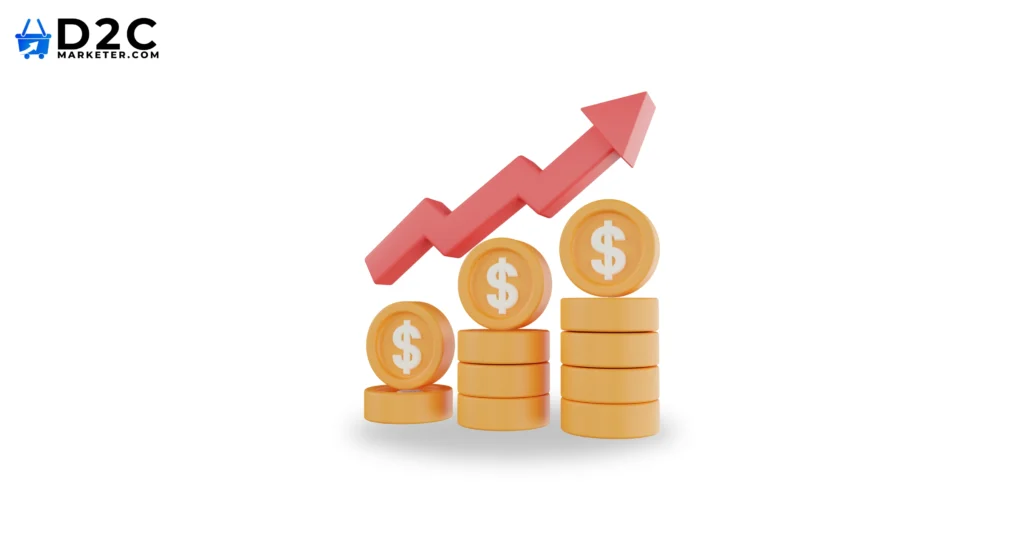
One of the most compelling benefits of CRO for D2C brands is the ability to achieve higher conversion rates without the need to increase traffic or marketing spending. By optimizing your website and the customer journey, you can convert more visitors into paying customers. This means that even with a stable or modest amount of traffic, you can see a substantial boost in revenue. Imagine reallocating your budget from acquiring new customers to maximizing the potential of the ones you already have, this is the power of CRO for D2C.
2. Enhanced User Experience and Customer Satisfaction

CRO isn’t just about numbers; it’s fundamentally about improving user experience. By analyzing customer feedback and behavior, D2C brands can identify pain points and streamline interactions. A seamless, intuitive website makes shopping easier and more enjoyable, leading to higher customer satisfaction. When customers feel valued and understood, their loyalty increases, making them more likely to return for repeat purchases. In the competitive landscape of D2C marketing, a great user experience can set your brand apart.
3. Reducing Drop-Offs and Building Trust
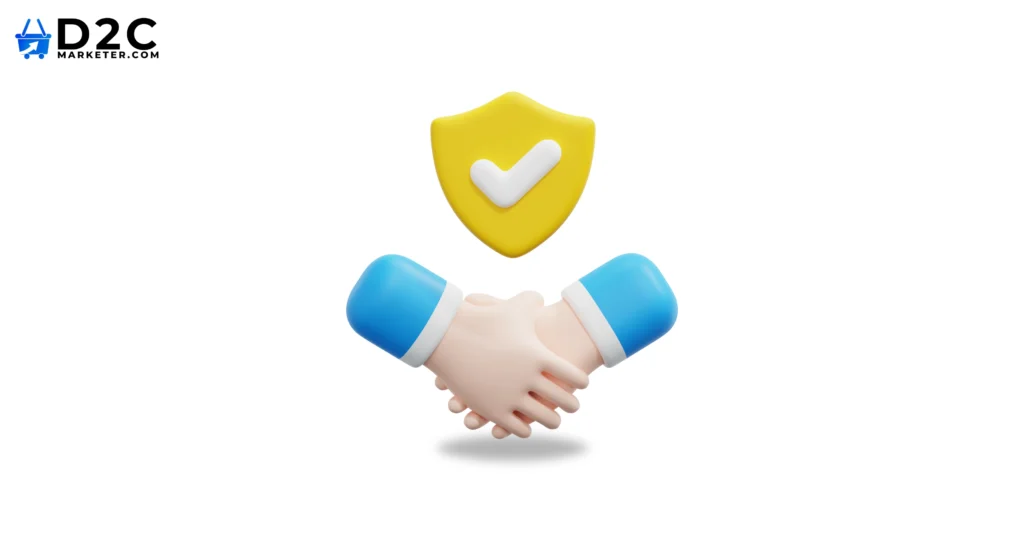
Optimizing every step of the buyer journey is essential in minimizing drop-offs. Every moment a customer hesitates can lead to lost sales, so addressing potential obstacles is key. By implementing CRO strategies, such as simplifying the checkout process or enhancing product pages, you can guide customers smoothly from consideration to purchase. As trust builds through positive interactions, customers become more confident in their decision to buy from your brand, further solidifying their loyalty.
Pros & Cons of CRO
| Pros | Cons |
| Improves user experience | Requires time and effort to test effectively |
| Increases revenue without boosting traffic | CRO tools can be costly |
| Provides measurable results | Can be overwhelming for smaller brands |
Key CRO Tactics for D2C Brands
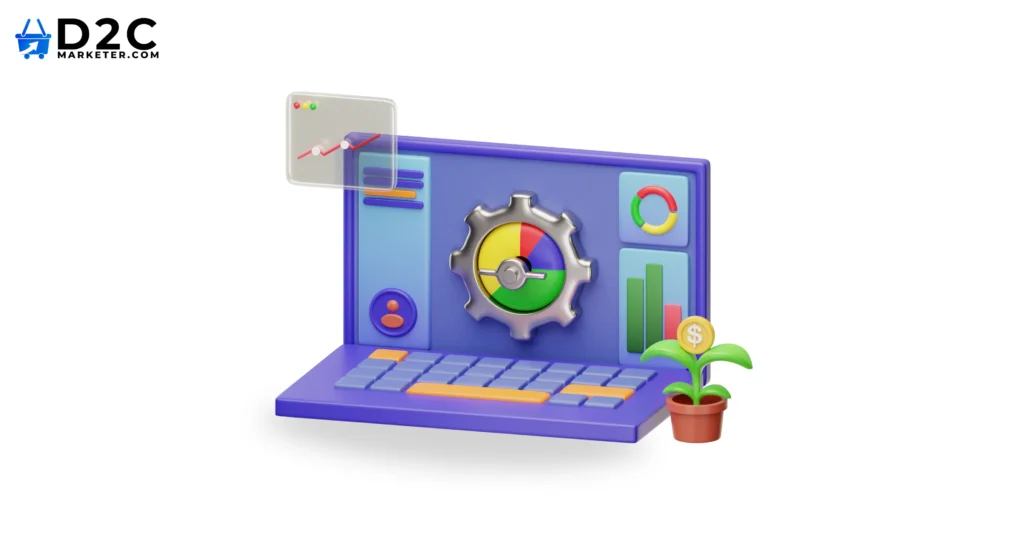
To truly boost D2C conversions and enhance overall performance, implementing effective Conversion Rate Optimization (CRO) tactics is essential. Here are three key strategies that can make a significant impact on your D2C marketing efforts:
1. A/B Testing: Perfecting Your Landing Pages and CTAs
A/B testing is one of the most effective ways to optimize your website for better conversions. This method involves creating two versions of a webpage—Version A and Version B—and comparing their performance. Here’s how to make the most of A/B testing for D2C:
- Landing Pages: Test different headlines, images, and content layouts to see which combination resonates more with your audience. A simple tweak, like changing a call-to-action (CTA) button color, can lead to surprising differences in conversion rates.
- CTAs: Experiment with various wording, placements, and designs for your CTAs. Phrases like “Buy Now” versus “Get Yours Today” might seem small, but they can significantly influence customer behavior.
- Product Pages: Test elements such as product descriptions, images, and pricing strategies. A well-crafted product page can effectively drive potential customers to make a purchase.
By regularly conducting A/B tests, D2C brands can continually refine their marketing tactics and ensure they are optimizing every interaction to increase D2C conversions.
2. User Experience (UX) Optimization: Navigating with Ease
User experience is at the heart of conversion. If your website is difficult to navigate or slow to load, potential customers are likely to leave without making a purchase. Here are key areas to focus on:
- Navigation: Ensure your website is easy to navigate, with clear categories and an intuitive layout. A well-structured menu allows users to find what they need quickly, reducing frustration and enhancing their shopping experience.
- Mobile Responsiveness: With more consumers shopping on mobile devices, ensuring your site is mobile-friendly is crucial. A responsive design adjusts to different screen sizes, making it easy for users to browse and shop on their phones.
- Site Speed: Fast-loading pages are essential. If your site takes too long to load, users are likely to abandon it. Regularly check your site’s speed and optimize images and code to ensure a smooth experience.
By focusing on UX optimization, D2C brands can create a more enjoyable shopping experience, leading to increased satisfaction and repeat business.
3. Optimized Checkout Process: Reducing Cart Abandonment
A seamless checkout process is vital for minimizing cart abandonment rates. Here are some strategies to optimize your checkout:
- Fewer Steps: Simplify the checkout process by reducing the number of steps required to complete a purchase. The fewer clicks it takes to check out, the better!
- Clearer CTAs: Make sure your CTAs during checkout are clear and compelling. Use action-oriented phrases that guide customers toward completing their purchase.
- Trust Badges: Display trust badges, security seals, and customer reviews prominently during checkout. These elements reassure customers that their personal and payment information is secure, increasing their likelihood of completing the transaction.
By optimizing the checkout process, D2C brands can significantly reduce cart abandonment and improve overall conversion rates.
CRO Tools for D2C Brands
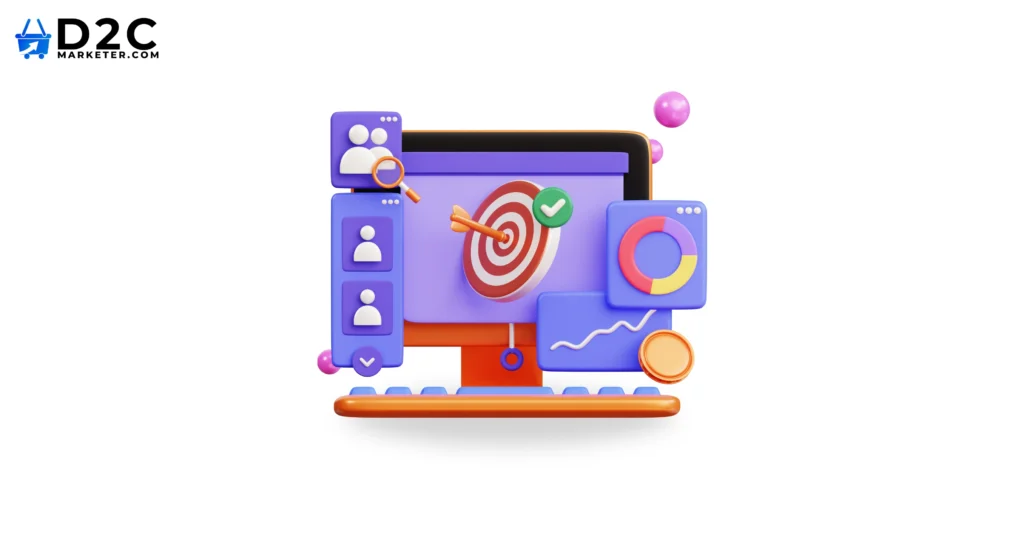
In the fast-paced world of direct-to-consumer (D2C) marketing, optimizing your online presence is crucial for increasing conversions. Conversion Rate Optimization (CRO) tools like Hotjar, Google Optimize, and Optimizely can provide valuable insights into user behavior, helping you refine your pages and boost sales.
1. Hotjar: Understanding User Behavior
Hotjar is a powerful tool that combines heatmaps, session recordings, and feedback polls to give you a deep understanding of how users interact with your site. By visualizing where visitors click, scroll, and spend time, you can identify areas that may need improvement.
How to Use Hotjar:
- Heatmaps: See where users are clicking the most. If key elements are being overlooked, consider redesigning those sections to enhance visibility.
- Session Recordings: Watch real user sessions to identify pain points. Are users getting stuck on certain pages? Use this data to streamline navigation.
- Feedback Polls: Engage visitors with quick surveys to gather their opinions. This qualitative data can guide adjustments that resonate with your audience.
2. Google Optimize: A/B Testing Made Easy
Google Optimize allows you to run A/B tests and multivariate tests effortlessly, making it an essential tool for D2C brands looking to refine their online strategies. Testing variations of your landing pages can significantly impact conversion rates.
How to Use Google Optimize:
- A/B Testing: Compare two versions of a webpage to see which performs better. Even small changes, like adjusting headlines or button colors, can lead to increased conversions.
- Targeting Audiences: Tailor experiences for specific user segments based on behavior or demographics. Personalized experiences often lead to higher engagement and sales.
- Integration with Google Analytics: Leverage data from Google Analytics to inform your tests and understand how changes affect overall performance.
3. Optimizely: Advanced Experimentation
Optimizely is designed for more complex experimentation and personalization, making it ideal for D2C brands aiming to maximize their online performance. With its robust features, you can dive deep into user experience optimization.
How to Use Optimizely:
- Multivariate Testing: Test multiple elements simultaneously to discover the best combinations for conversions. This is particularly useful for testing different product images, descriptions, and layouts.
- Personalization: Create tailored experiences for different user segments based on their behavior, preferences, or previous interactions with your brand.
Detailed Analytics: Use Optimizely’s analytics tools to assess the impact of your experiments and make data-driven decisions.
| Tool | Features | Best For | Pricing |
| Google Optimize | A/B testing, personalization | Creating and running A/B tests | Free |
| Hotjar | Heatmaps, session recordings | Understanding user behavior | Free & Paid |
| Microsoft Clarity | Session recordings, heatmaps | Analyzing user interactions | Free |
| Google Analytics | Website traffic analysis | Tracking and analyzing website traffic | Free |
| Ubersuggest | SEO analysis, keyword research | Improving search visibility | Free |
| Optimizely | Advanced A/B testing | Large-scale experimentation for D2C brands | Paid |
| Crazy Egg | Heatmap, click tracking | Understanding click behavior | Paid |
| VWO | A/B testing, experimentation | Comprehensive CRO for various websites | Paid |
| SEMrush | SEO, PPC, competitor research | Detailed marketing insights | Paid |
| Unbounce | Landing page creation, testing | Optimizing landing pages for conversions | Paid |
Case Studies of Successful CRO Implementations
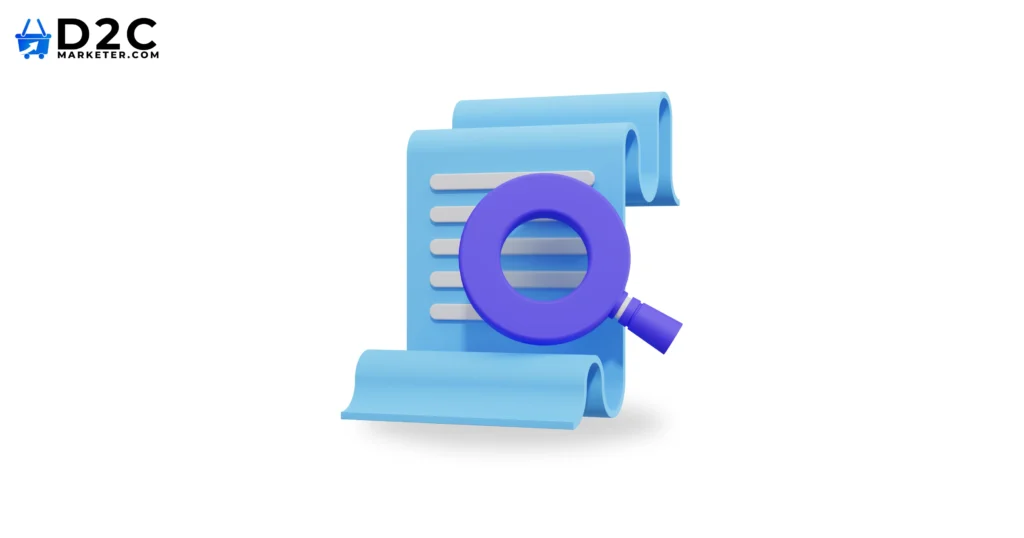
In the fast-paced world of Direct-to-Consumer (D2C) brands, mastering Conversion Rate Optimization (CRO) is crucial for standing out and driving sales. By employing smart CRO strategies, many brands have transformed their websites into conversion powerhouses.
Let’s delve into some inspiring D2C case studies that showcase how these brands boosted conversions and the key lessons they learned along the way.
Case Study 1: Apparel Brand Revamp
An innovative apparel brand identified many visitors dropping off before completing their purchases. By partnering with a D2C marketing agency, they thoroughly analyzed their website. They realized that their product descriptions needed more depth and that the checkout process needed to be more convenient.
Optimization Efforts:
- Enhanced product descriptions with storytelling elements to better engage customers.
- Simplified the checkout process by reducing the number of steps and offering guest checkout options.
Results:
- Increase in D2C Conversions
- Key Takeaway: Engaging product descriptions and a streamlined checkout experience are essential for reducing drop-off rates. Brands should prioritize user experience in their D2C brand strategy.
Case Study 2: Eco-Friendly Home Goods
A D2C brand specializing in eco-friendly home goods faced challenges in conveying their unique selling proposition. They implemented a series of A/B tests on their landing pages to better communicate their brand values, focusing on sustainability and quality.
Optimization Efforts:
- Created compelling visuals that highlighted the environmental impact of their products.
- Incorporated customer testimonials to build trust and credibility.
Results:
- Increase in D2C Conversions
- Key Takeaway: Authentic storytelling and customer social proof can significantly enhance brand trust. D2C marketing strategies should always reflect the core values of the brand to resonate with the target audience.
These case studies illustrate the transformative power of CRO for D2C brands. By applying the lessons learned from these successful implementations, brands can enhance their marketing efforts and ultimately drive greater success in the direct-to-consumer landscape.
Conclusion
In the dynamic landscape of Direct-to-Consumer (D2C) marketing, Conversion Rate Optimization (CRO) is essential for transforming site visitors into loyal customers. By implementing effective CRO strategies, you can enhance user experience, reduce drop-offs, and significantly increase D2C conversions. The case studies we’ve explored illustrate the real impact that thoughtful optimizations can have on your brand’s success.
If you’re ready to elevate your D2C brand, D2C Marketer is here to help. As a leading D2C marketing agency, we specialize in tailored strategies that deliver measurable results. Whether you need guidance on A/B testing, user experience enhancements, or comprehensive direct-to-consumer marketing strategies, our team has you covered.
Don’t let potential customers slip away. Contact us today to discuss how we can create a customized CRO strategy that drives real growth and sets your brand apart in the competitive D2C landscape!
FAQs
CRO (Conversion Rate Optimization) is the process of increasing the percentage of website visitors who take a desired action, like making a purchase. It can significantly boost your D2C brand’s sales and revenue by improving website design, user experience, and marketing strategies
The time it takes to see results from CRO varies depending on the complexity of the changes and the size of your website’s traffic. However, you can often start seeing positive impacts within a few weeks. Continuous testing and optimization are key to achieving long-term success.
While advanced CRO tools can be helpful, you don’t necessarily need expensive software to get started. Many free or affordable tools can be used to track website performance, conduct A/B tests, and analyze user behavior.
Yes, CRO can be effective in reducing cart abandonment rates. By optimizing the checkout process, improving page load times, and offering clear and compelling calls to action, you can encourage more visitors to complete their purchases.
To determine the best CRO strategy for your brand, you should conduct A/B testing. This involves creating two or more versions of a webpage or element and tracking which version performs better.

